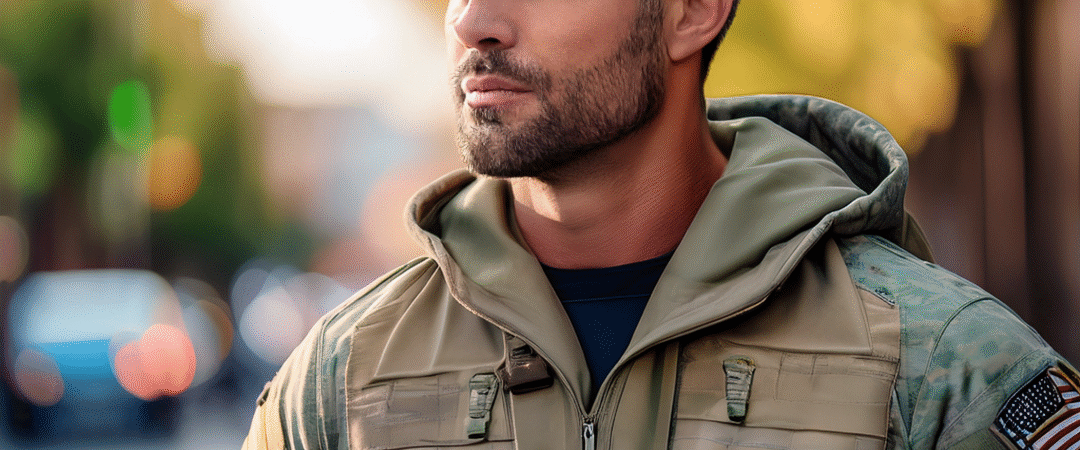Ever been out and about and wondered if that person walking by was a civilian or somehow connected to the military, even though they weren’t in uniform? It can be tricky, as many tells are subtle. While you should never assume and always treat everyone with respect, there are some common indicators that might suggest someone has served or is currently serving.
Here are a few things to look for, keeping in mind these are generalizations and not definitive proof:
1. The “Military Haircut”: This is often one of the most noticeable tells, especially for men. While not everyone in the military has a buzz cut, many maintain shorter, neatly tapered hairstyles that are a remnant of military grooming standards. Even after leaving the service, this habit often sticks around. For women, while less universally distinct, you might notice very neat, pulled-back styles or a practical, low-maintenance cut.
2. Posture and Bearing: Service members are trained to stand and walk with a certain upright posture, often with their shoulders back and heads held high. This isn’t just about looking sharp; it’s ingrained discipline. You might notice a more confident, purposeful stride compared to the general population.
3. Subtle Clothing Choices and Accessories: * Unit or Veteran Apparel: This is the most obvious one. You might see t-shirts, hats, or jackets with unit insignias, veteran organizations (like the VFW or American Legion), or specific military branches. Sometimes it’s a more subtle nod, like a distressed flag design. * Practicality over Fashion: While not always the case, some service members and veterans gravitate towards practical, durable clothing. Think cargo shorts, tactical pants, durable boots (even with casual wear), or minimalist athletic shoes. * Watches: Many military personnel prefer robust, functional watches, often digital or field watches, designed to withstand tough conditions. * Tattoos: While tattoos are widespread, you might notice military-themed tattoos (unit crests, patriotic symbols, specific dates, or imagery related to deployments) more frequently on service members or veterans.
4. The “Situational Awareness”: This is harder to pinpoint but can be observed. Service members are trained to be aware of their surroundings, often scanning their environment. This heightened situational awareness might manifest as someone who seems to be taking everything in, rather than being completely engrossed in their phone or oblivious to their surroundings.
5. How They Carry Themselves in a Group: If you observe someone interacting within a group, you might notice a certain leadership quality, a tendency to be direct, or a sense of camaraderie with others who might also share similar traits.
6. Physical Condition: While certainly not exclusive to the military, a person who appears to be in excellent physical condition – perhaps with a muscular build or a lean, athletic physique – might be an indicator of someone who regularly engages in rigorous physical training, as is common in military life.
Important Considerations:
- These are just observations: None of these indicators are foolproof. A civilian might have a short haircut, wear practical clothes, or be very observant.
- Respect is paramount: Regardless of whether someone is a service member or a civilian, always treat everyone with courtesy and respect.
- Don’t make assumptions: It’s generally best not to assume someone’s background based solely on these observations. If you want to acknowledge someone’s service, a simple and polite “Thank you for your service” (if you’re certain or if they explicitly mention it) is appropriate, but avoid interrogation.
Ultimately, recognizing a service member in civilian clothes is more about noticing a combination of subtle cues rather than a single defining characteristic. It’s about appreciating the unique aspects that military service can instill in an individual, even when they’re not in uniform.
